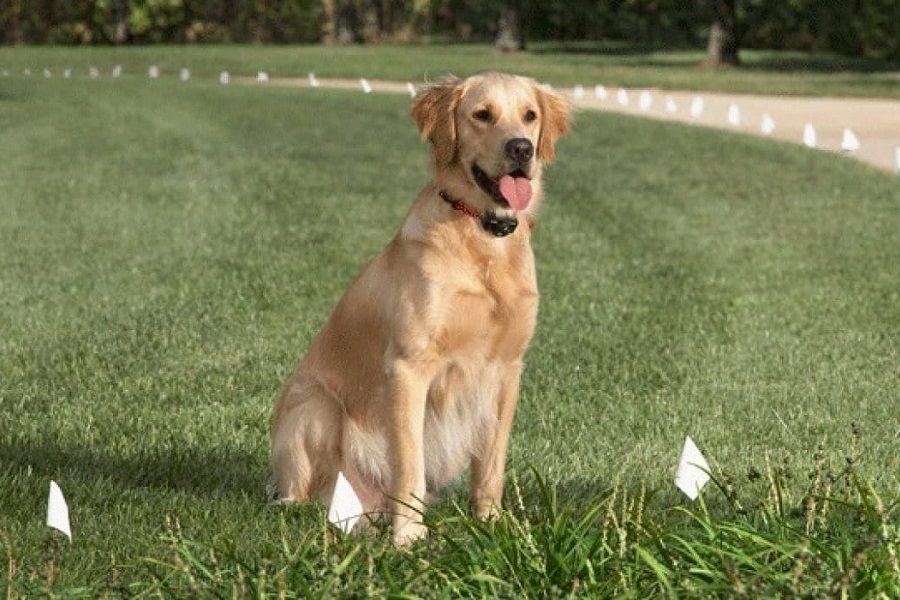Last Updated: 2 years ago
You love your dog and want the very best for him. Here is our caring for diabetic dogs guide!
Now you suspect that he may have diabetes. Up until now, you never even knew that dogs could get diabetes. Now you’ve got questions: How long can a dog with untreated diabetes live?
Why do dogs get diabetes in the first place? And when should you take your dog to the vet?
In this article, we provide the answers you need to know in order to give your dog the best possible care.
How Long Are Dogs With Diabetes Expected To Live
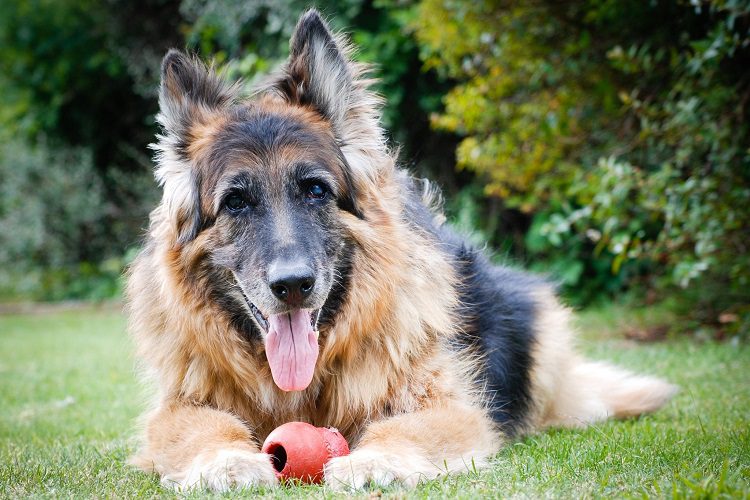
The harsh reality of life is that treating a dog with diabetes can be prohibitively expensive for some people.
The costs of visits to the veterinarian, combined with insulin and other medication, not to mention the ridiculously expensive price of diabetic dog food, means that, no matter how much they love their pooch, some people simply cannot afford the treatment cost of a diabetic dog.
So, the question of how long a diabetic dog can live without being treated is not an unnatural one. So, what’s the answer?
The truth is that it is impossible to tell how long your diabetic dog will live if his condition is untreated. It could be anywhere from six months to several years. What is certain is that your dog will suffer throughout that entire time.
He will probably experience weight loss, vision impairment possibly leading to blindness, constant infections with poor healing, frequent urination, muscle loss and weakness, heart problems, arthritis, and renal failure.
That is no way for a dog to live.
So, what is the life expectancy of a dog that is treated with diabetes?
The life expectancy of a diabetic dog which is treated with insulin and other methods is similar to a healthy dog. Even though diabetes is not a curable disease, it is a treatable one.
That means that your diabetic dog will be able to enjoy a normal life span. Provided that you treat the dog with insulin to keep the levels of blood glucose under control, your dog’s quality of life will improve dramatically.
So, provided that you are treating your dog, you will have no worries about the lifespan of your dog.
The riskiest time when your dog gets diabetes is the first six months after diagnosis. During this period of time, you and your vet will be working out what the right level of insulin is to properly manage blood sugar levels.
What Causes Canine Diabetes?
There are two types of diabetes in dogs. These are:
- Diabetes Insipidus
- Diaabetes Mellitus
Diabetes insipidus is characterized by a lack of an antidiuretic hormone called vasopressin. The job of vasopressin is to control the kidney’s absorption of water. This type of diabetes is less common than diabetes mellitus.
This form is characterized by insulin deficiency and is the most dangerous type of diabetes in dogs. Of the two types of diabetes mellitus, type 1 and type 2, the former is much more common in dogs.
Diabetes Type 1 develops when there is insufficient production of insulin by the islet cells in the dog’s pancreas. Some dogs may have a genetic predisposition for this lack of insulin.
A deficiency of insulin results in high blood sugar (hyperglycemia) and high levels of sugar in the urine (glycosuria). Lots of sugar in the urine causes diabetic dogs to pee large amounts, which in turn leads to dehydration and the urge to drink large volumes of water.
Why Do Dogs Get Diabetes?
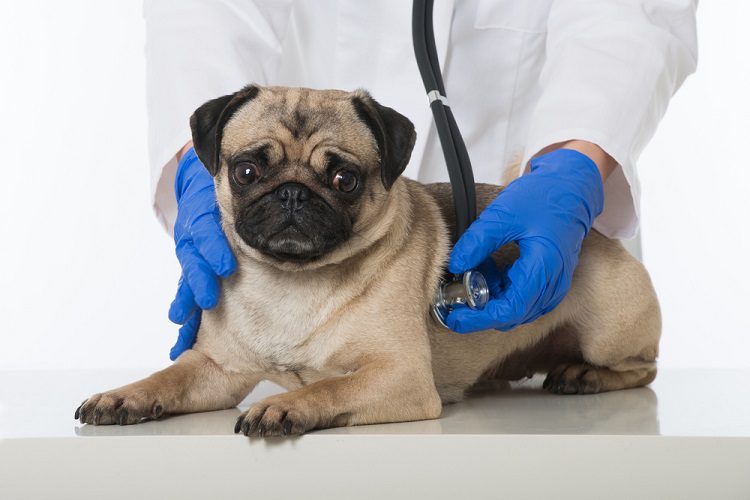
It is a common misconception that dogs get diabetes if they get fat. It is true that being overweight is a major contributor to canine diabetes, but it is not true that it is the cause.
Being overweight can contribute to insulin resistance, which then makes it more difficult to manage diabetes in dogs. Dogs are also at risk for pancreatitis, which can, in turn, result in diabetes.
About 50 percent of diabetic dogs with diabetes are believed to develop the condition because of damage to the dog’s pancreas due to autoimmune disorders that could themselves be caused by genetics and environmental factors.
There is a theory that a lot of cases of canine diabetes are associated with overstimulation of the immune system caused by such things as vaccinations, processed foods, and toxins.
Some 30 percent of cases of diabetes in dogs may be the result of an inflamed pancreas. This condition is known as chronic pancreatitis.
The other 20 percent of the pancreas-related cases can develop insulin resistance from Cushing’s disease (hyperadrenocorticism).
In this condition, the body produces excessive amounts of glucocorticoid hormone, which is involved in carbohydrate metabolism, elevated growth hormone levels, or prolonged use of steroids.
Caring For Diabetic Dogs, Treating Your Canine
The first step towards a treatment plan is to make an appointment to see your vet. He will administer a series of tests to determine the dog’s blood glucose level and provide you with guidance as to the way forward.
He will very likely recommend that you give your dog insulin injections. These will be administered twice daily, immediately after the dog has eaten.
The cost of the insulin and the needles (you should use disposable ones) will be between $30 and $80 per month, depending on the size of your dog. Your vet will also suggest an exercise plan and provide guidance on the type of food that you should be feeding your diabetic dog.
Low Cost Diabetic Dog Recipes
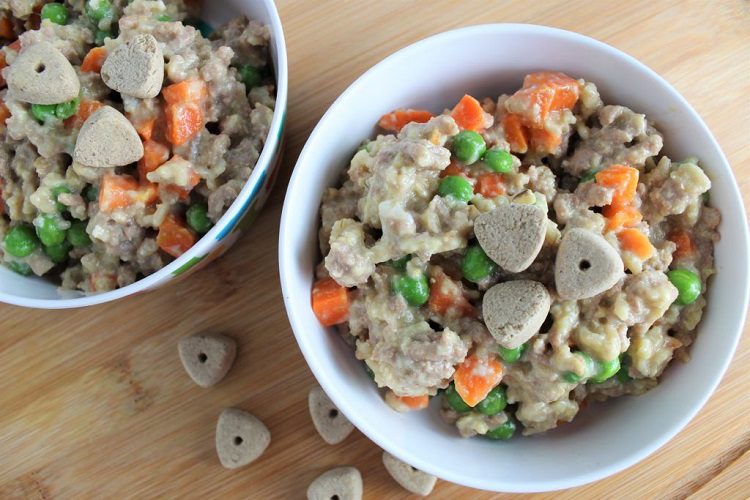
I get it – looking after your diabetic dog is expensive. But that doesn’t mean that you can’t do anything about it.
Here are some low-cost recipes that are ideal for your diabetic dog and will end up being a whole lot less expensive than those over-the-counter dog foods.
Diabetes Recipe #1
- ½ cup of lean beef or chicken, cooked
- 2 3/4 cups cooked brown rice, barley or oats
- ¼ cup of chopped broccoli, carrots, green beans, or sweet potatoes
- 1 medium egg, lightly scrambled
- Daily multivitamin/mineral supplement as recommended by your vet
If using the beef, pour off any fat from the cooking. Combine all the ingredients.
Diabetes Recipe #2
- ¼ pound ground lean beef
- ½ cup farmer cheese
- 2 cups cooked sliced or chopped caarrots
- 2 cups mixed frozen vegetables (cooked)
- 11/2 teaspoons dicalcium phosphate (check with your vet to see if your dog needs this supplement)
Cook the beef until lightly brown and then pour off the fat. Add the remaining ingredients, including any nutritional supplements.
This recipe makes about 1 ¾ pounds. Feed ⅔ pounds to a 10-pound dog, one pound to a 20-pound dog and 1 ¾ pounds to a 40-pound dog.
Diabetes Recipe #3:
- 3 cups ground turkey or chicken
- 2 egg whites
- 1 ½ cups of oatameal
- ½ cup of grated carrots
- ½ cup of finely chopped broccoli
- ½ cup of farmer cheese
Pre-heat the oven to 350 degrees. Use spray-on oil to grease a 9 x 13 inch baking pan. Combine all of the ingredients for the turkey bake in a bowl and mix well. Press into the baking dish and bake for 35 minutes.
Cut into appropriate portions for the size of your dog. Keep in mind that dogs fed a home-made diet need added calcium: 30 mg per pound of bodyweight daily is the recommended amount.
Diabetes Recipe #4
- ½ lb of ground chicken, turkey, cooked
- 2 cups uncreamed cottage cheese
- 3 cups lightly cooked, chopped grated carrots, shredded cabbage, chopped broccoli or cauliflower
- 3 cups of plain pureed pumpkin or plain mashed sweet potato
- 2 cups of cooked peas (canned works, but make sure there is no added salt), cooked lentils, or cooked pinto, black navy or white beans, mashed.
- 1 cop of rice bran
- 2 doses of multivitamin/mineral for dogs
Mix all the ingredients together and store the food, covered, in the refrigerator for no more than three days.
If your dog is not used to eating vegetables, you might prepare the recipe using half the amount of pumpkin, etc, and gradually increase the amount if your dog responds well to the food. Feed the appropriate amount for your size dog.
F.A.Q
What are the symptoms of diabetes in dogs?
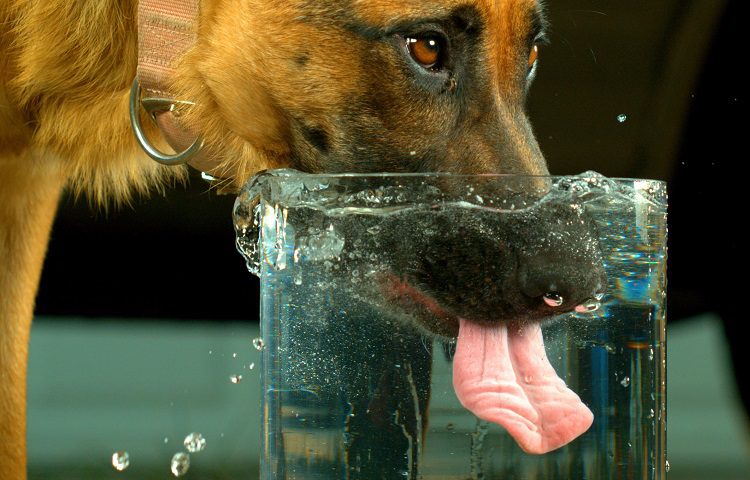
In dogs with diabetes, high blood sugar or hypoglycemia, there are a variety of symptoms. The three main symptoms are:
- Increased hunger
- Increased thirst
- Increased frequency of urination
Weight loss in dogs that are eating a normal caloric intake is another sign of diabetes. This occurs because the lack of insulin prevents the glucose from being transported to the muscle cell.
This forces the body to rely upon it own muscle mass and fat stores to provide the energy that it needs to function.
Other general signs of diabetes in dogs are increased lethargy and fatigue.
How is diabetes diagnosed in dogs?
Recognizing the symptoms of diabetes is an important part of diagnosis.
Your vet will need to monitor the dog’s blood for persistently high levels of sugar. He will also check the dog’s urine for the presence of glucose.
How does a dog acquire diabetes?

Genetics plays an important role, with many dog breeds being genetically predisposed to the development of diabetes. Other risk factors include viruses, infectious diseases and pancreatitis.
These can all damage the insulin-producing cells of the pancreas, leading to abnormal insulin production. This leads to a decrease in the rate at which sugar in the blood is converted to energy.
Less common, Cushing’s disease, is another risk factor for the development of diabetes in dogs.
How is diabetes managed in dogs?
The mainstays of diabetes management are insulin, dietary modification, and a consistent routine of moderate exercise. Insulin is given by injections, usually twice daily, once in the morning and again in the evening.
It is important to monitor blood sugar and watch for signs of low blood sugar or hypoglycemia. Your vet will help you to learn how and when to adjust insulin dosing in order to maintain optimum blood sugar control.
The goal of dietary modification is to optimize the dog’s bodyweight and provide the correct balance of protein, carbohydrates and fats, while controlling portion size and caloric intake.
Exercise helps burn calories, increases the conversion of sugar in the body to energy and can improve the cell’s sensitivity to insulin. However, strenuous exercise can lead to hypoglycemia and, so, should be avoided.
You should also keep track of your dog’s condition in order to manage his diabetes. Maintain a diary in which you can record the dog’s water and food intake. Also record the number of times he urinates each day.
You should also write down the times each day that you give your dog insulin injections, as well as the dose that is given. In addition, write down the results of blood tests.
Take the diary with you when you visit your vet. This will be a huge help in assisting the vet to evaluate the dog’s condition and work with you to optimize the dog’s care.
How do I monitor my dog’s blood sugar?
Blood sugar is monitored with a device called a glucometer. It takes a small sample of your dog’s blood and provides a number to indicate the blood sugar level.
It is important to use a glucometer that is specifically designed for dogs as the plasma levels are quite different than in humans, which will affect the reading.
How can I help my diabetic dog to lose weight?
You should discuss with your vet how much weight your dog needs to lose. From there, you can come up with a safe, realistic goal for weight loss.
A typical goal is to lose 1-2 percent of he dog’s bodyweight per week. From this, you can work out what a realistic timeline for weight loss will be.
So, if your dog is 80 pounds and your goal weight for him is 70 pounds, you can realistically expect it to take between seven and fourteen weeks to get there.
Here are some tips to help you help your dog lose weight:
- Make eating fun—put your dog’s meals in a food dispensing toy. This will make the dog work for his dinner and make the experience more enjoyable for him.
- Exercise more; don’t expect your obese dog to exercise by himself. He needs supervised or managed exercise. For you, that means taking him for longer walks, having more play sessions, and increasing the intensity of the exercise. However, you should not start a vigorous exercise program with your obese dog until first consult your vet.
- Increase the duration and intensity of exercise slowly so that you do not overstress the dog’s heart, muscles, and respiratory system.
- Take your dog swimming; this is a great form of exercise, especially for dogs that have arthritis.
- Be strong. It’s hard to resist those big, brown, sad eyes that scream out, ‘I’m starving’, but you have to be strong enough to do exactly that. Do not sneak food to your dog.
- Have plenty of low-calorie snack foods available to give to your dog. These should include cut raw carrots, raw green beans, unbuttered popcorn, and apple slices.
- Check the fat content. If you are feeding your dog commercial food, look for brands that are packed with high-quality protein, low-glycemic index carbs, and are low in fat. The average fat content of dry dog food is 16 percent.
- This is too high. Look for a low-fat alternative that contains no more than 10 percent fat content. The average fat content of wet, dry food sold commercially is 23 percent. Look for a low-fat option that contains no more than 15 percent fat content.
- Make your own home-made dog food; not only will this be cheaper, but you will be able to better regulate the levels of protein, carbs, and fat.
- Introduce new treats. Most people equate treats with food, but that doesn’t have to be the case. An extra walk around the block is a treat that will actually burn off calories rather than putting them on. A new toy is another calorie-free treat. And taking the extra time to groom your dog will be far more appreciated than simply tossing him a biscuit.
Conclusion
A diabetic dog that is left untreated could go on living for anywhere from six months to several years.
However, it will experience a terrible quality of life during that time. Therefore, we strongly urge anyone with a diabetic dog to find a way to provide the necessary treatment that their pet deserves.
In this article, we have provided some low-cost options that you can follow to manage the condition. Put them into practice in order to provide your beloved pet with the best possible quality of care that you can achieve.
Resources:



